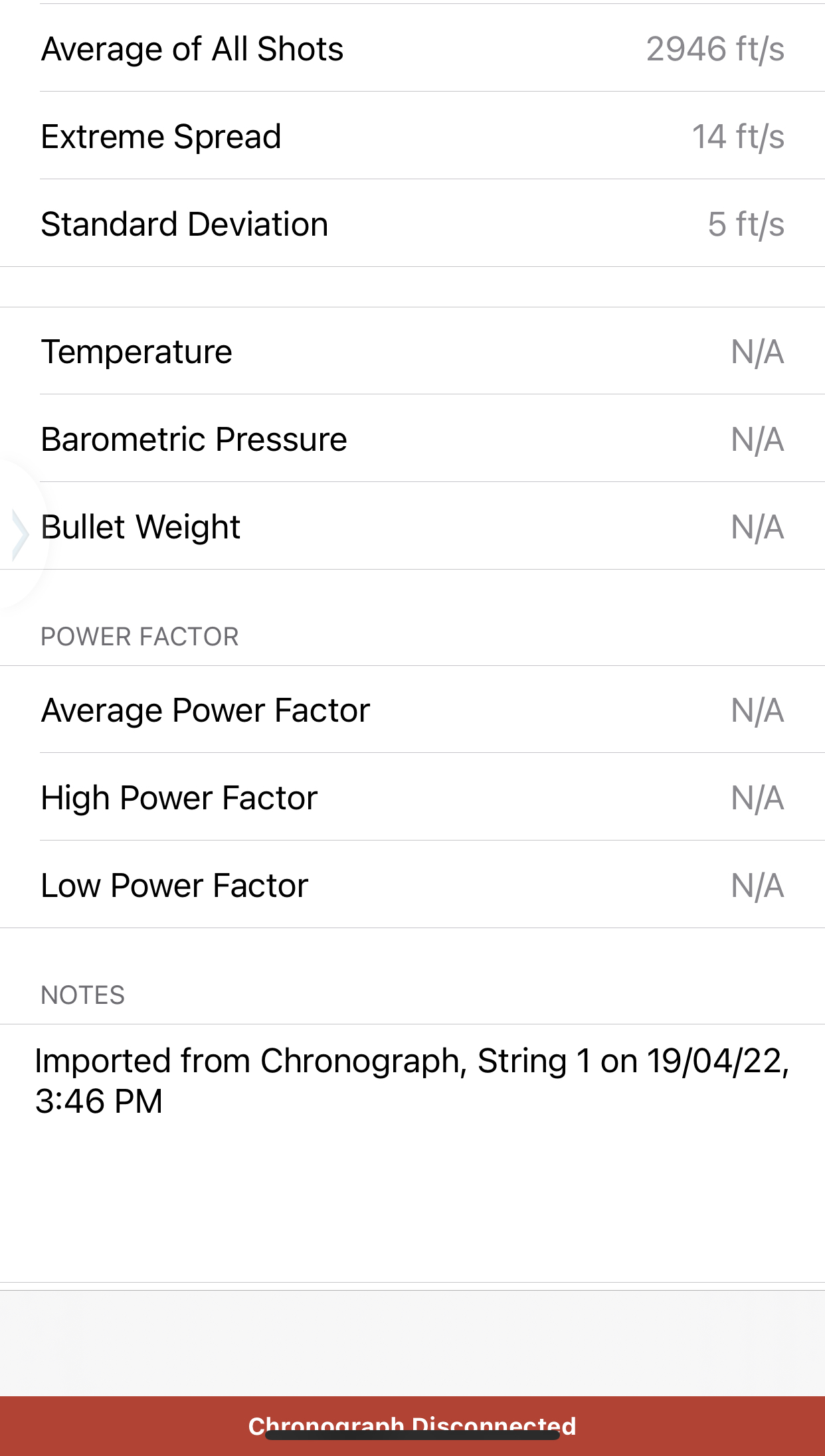Right I’ve just finished. Settled on 26.5gns of 2206H. A little over max but no pressure to speak of. I wanted more speed to at least have 800 ft/lbs of energy at 300 yds which is the self imposed limit with this rifle.

Welcome guest, is this your first visit? Create Account now to join.
Welcome to the NZ Hunting and Shooting Forums.
Search Forums
User Tag List
+ Reply to Thread
Results 1 to 15 of 45
Thread: ADI book maxís
Hybrid View
-
19-04-2022, 05:11 PM #1
-
19-04-2022, 05:53 PM #2Member

- Join Date
- Mar 2014
- Location
- New Plymouth
- Posts
- 1,739
-
19-04-2022, 06:51 PM #3
-
20-04-2022, 01:58 PM #4Member

- Join Date
- Dec 2019
- Location
- Okawa Hawkes Bay
- Posts
- 3,172
Greetings again,
That is impressive velocity, much more than I would have expected. To be on the safe side you may wish to do a little test. Take two of your cases fired with that load and load and fire them ,with the same load, two more times. If the cases will still hold a primer after that then the load should be fine. If not then a re think is needed. A friend developed a cracking good load for one of his rifles. Great velocity, wonderful accuracy and no signs of pressure. Life was good. Unfortunately none of his new cases could be reprimed due to loose pockets. Rifles have been blown up with loads that showed no signs of excess pressure, one of the reasons I tend to use velocity as an indicator of pressure.
Regards Grandpamac.
-
20-04-2022, 03:54 PM #5Member

- Join Date
- Jul 2012
- Location
- Invervegas
- Posts
- 5,582
Hmmmm- just to put some more context around what @grandpamac is saying - if I run this load in GRT ,it predicts 2961 fps with my cases, which have a middle of the road 30 grains of water capacity. Pressure is indicated at 69030 psi, SAAMI max for 223 is 55,000 psi. If you get a case with a bit less capacity or a weak case someone could get hurt . . . .
-
20-04-2022, 04:12 PM #6
The rifle blowups I'm aware of have all been the result of either using the wrong powder accidentally, or an obstructed bore.
How do we really define "safe" ?
A Tikka T3 action (as here) with .223 surely must have a huge safety margin of action strength, well in excess of where the brass will fail.
The real risk here would be risking a case failure (which is hazardous in itself - especially in a T3 with the plastic bolt shroud which fragments in this event) if reloading these cases multiple times, or simply that your brass will be more or less single-use.
Similar Threads
-
Looking for a book
By hebe in forum HuntingReplies: 7Last Post: 16-02-2021, 08:02 PM -
DOC hut book use
By akaroa1 in forum Other outdoors, sports, huts and tracksReplies: 24Last Post: 02-04-2016, 09:23 AM -
go to book
By NAKIMAN2 in forum Resource LibraryReplies: 8Last Post: 27-05-2014, 02:05 PM -
New book
By moonhunt in forum HuntingReplies: 0Last Post: 25-07-2013, 10:01 PM -
Which book?
By moonhunt in forum HuntingReplies: 12Last Post: 09-12-2011, 08:42 AM
Tags for this Thread
Welcome to NZ Hunting and Shooting Forums! We see you're new here, or arn't logged in. Create an account, and Login for full access including our FREE BUY and SELL section Register NOW!!





 57Likes
57Likes LinkBack URL
LinkBack URL About LinkBacks
About LinkBacks



 Reply With Quote
Reply With Quote



Bookmarks